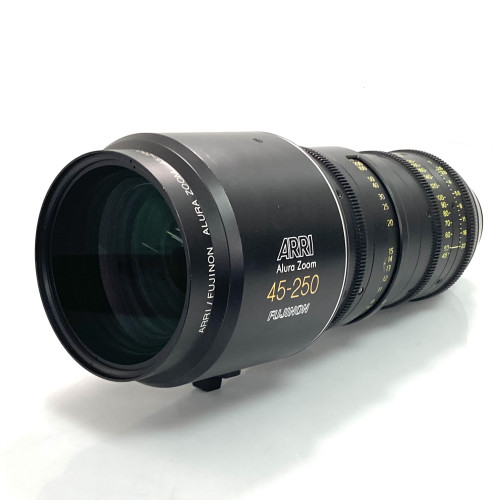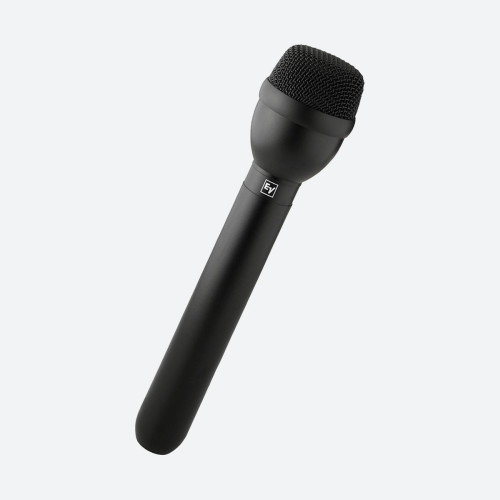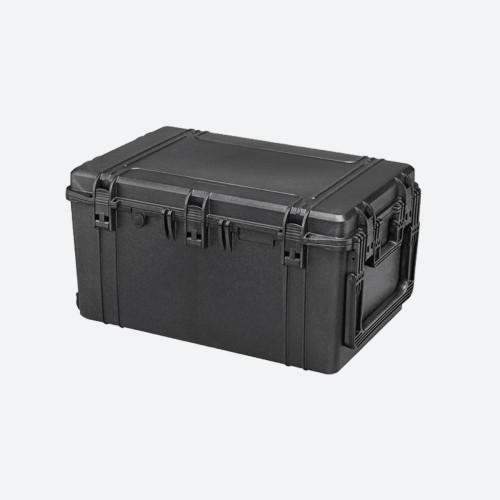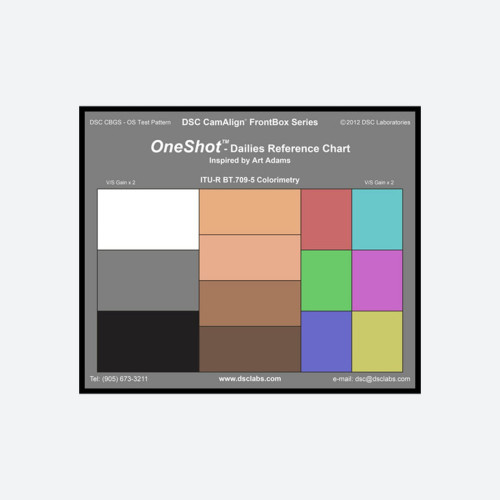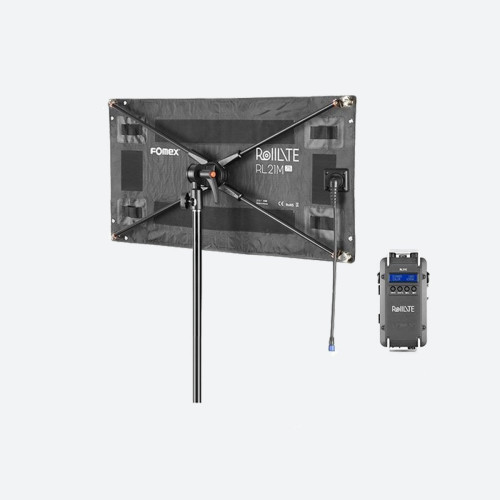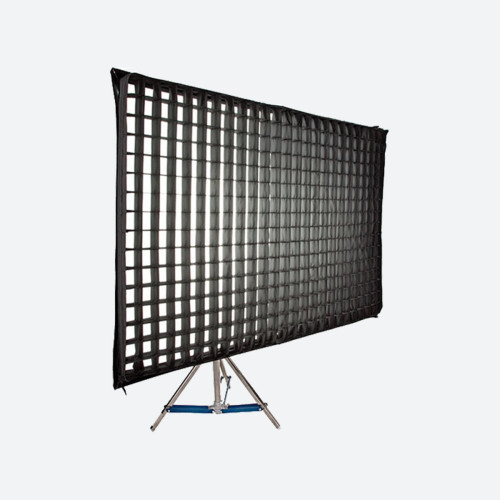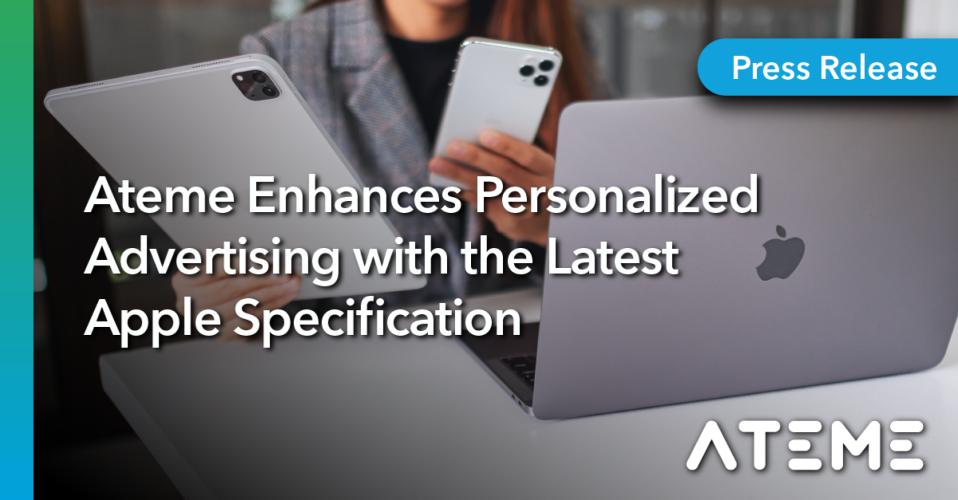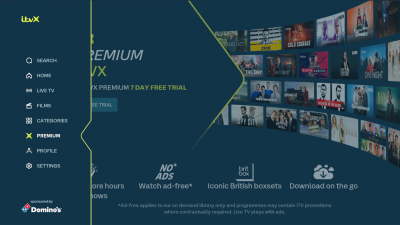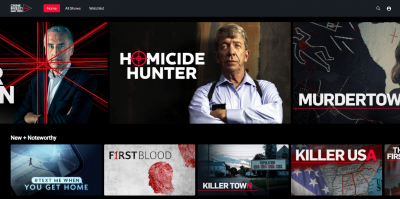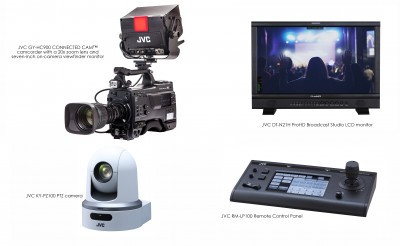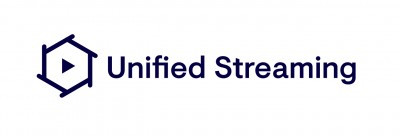by Achim Bosse
Issue 80 - August 2013 Todays television viewers are increasingly using the Internet to download, share, and consume media on a variety of devices. Traditionally, DTV and IPTV service providers have relied on DVB MPEG-based technologies to deliver linear television services and IP technologies like multicasting or RTSP for VOD. However, to meet the consumer demand for a richer media experience on set-top boxes (STBs), including OTT streaming and in-home media sharing, service providers must now support a wide range of different audio and video codecs and formats.
Under a conventional STB architecture, this can be extremely challenging as todays STBs do not feature a standard interface for OTT streaming. Deploying next-generation STBs that rely on a unified media framework which supports all of the popular audio and video codecs, subtitles, and file formats and modern browser technology, service providers can successfully deliver high-quality streaming media services to set-top boxes.
Under a unified media framework, the majority of audio and video codecs are supported by the STB hardware and delivered to the STB via container/file formats. The media framework recognizes the formats, extracts audio and video tracks from the container, and feeds the elementary streams to the hardware decoder to ensure reliable audio/video synchronization.
A unified media framework can serve as the core player engine for several services, such as HTTP streaming, HbbTV, and HLS streaming (See Table 2), enabling service providers to complement their traditional DTV services with engaging OTT content. Utilizing technologies like HTTP Live Streaming (HLS), service providers can stream content over unmanaged IP networks and adapt the bit rate to the end users bandwidth. Being able to deliver content at different bit rates enables service providers to deliver the best possible quality based on the available bandwidth; however, it also means they must successfully create and manage a massive array of content in different profiles. In addition, adapting bit rates in real time requires an intelligent mechanism to avoid irritating toggling effects. Through a unique delta burst algorithm, service providers can successfully measure Internet bandwidth and adapt the bit rate, if required, or determine if a fixed profile is appropriate in cases where bit rate adaptation is not necessary. A unified media framework can also help to power media center functionality for in-home media sharing. The set-top box generally acts as a combined digital media renderer, control point, and server. In advanced use cases, an external control point such as a smartphone can be used by the end user to control the media player on the STB remotely. DLNA control point software is widely available today for most smartphones and other mobile devices; however, not all households have in-home networks that allow media sharing from the PC to STB. Therefore, the media center must be able to handle data from DLNA/UPnP servers in the network as well as locally attached mass storage devices.
The media player relies on the unified media framework to decode audio and video. Images can be displayed in PNG, GIF, JPEG, TIFF, and BMP files, while audio and video is supported in any of the container and codec combinations listed in Table 1. To ensure an audio experience beyond CD quality, the unified media framework supports audio formats like FLAC and ALAC, which are used by leading online music stores. The media player can decode FLAC encoded audio files at up to 24-bit resolution with up to 192 kHz sampling frequency for high-quality stereo output, transforming the user experience.
As technology evolves, consumer expectations about quality of experience will only increase, as will the technical complexities involved with delivering a rich and engaging digital television experience. Relying on a unified media framework, todays DTV and IPTV service providers can successfully deliver a superior multimedia experience on subscriber set-top boxes. Providing a differentiated service offering is key to maintaining a service providers competitive advantage, increasing subscriber satisfaction, and generating additional revenue streams.
www.albistechnologies.com
Powering a richer media experience on set-top boxes

Author: Achim Bosse
Published 1st September 2013



